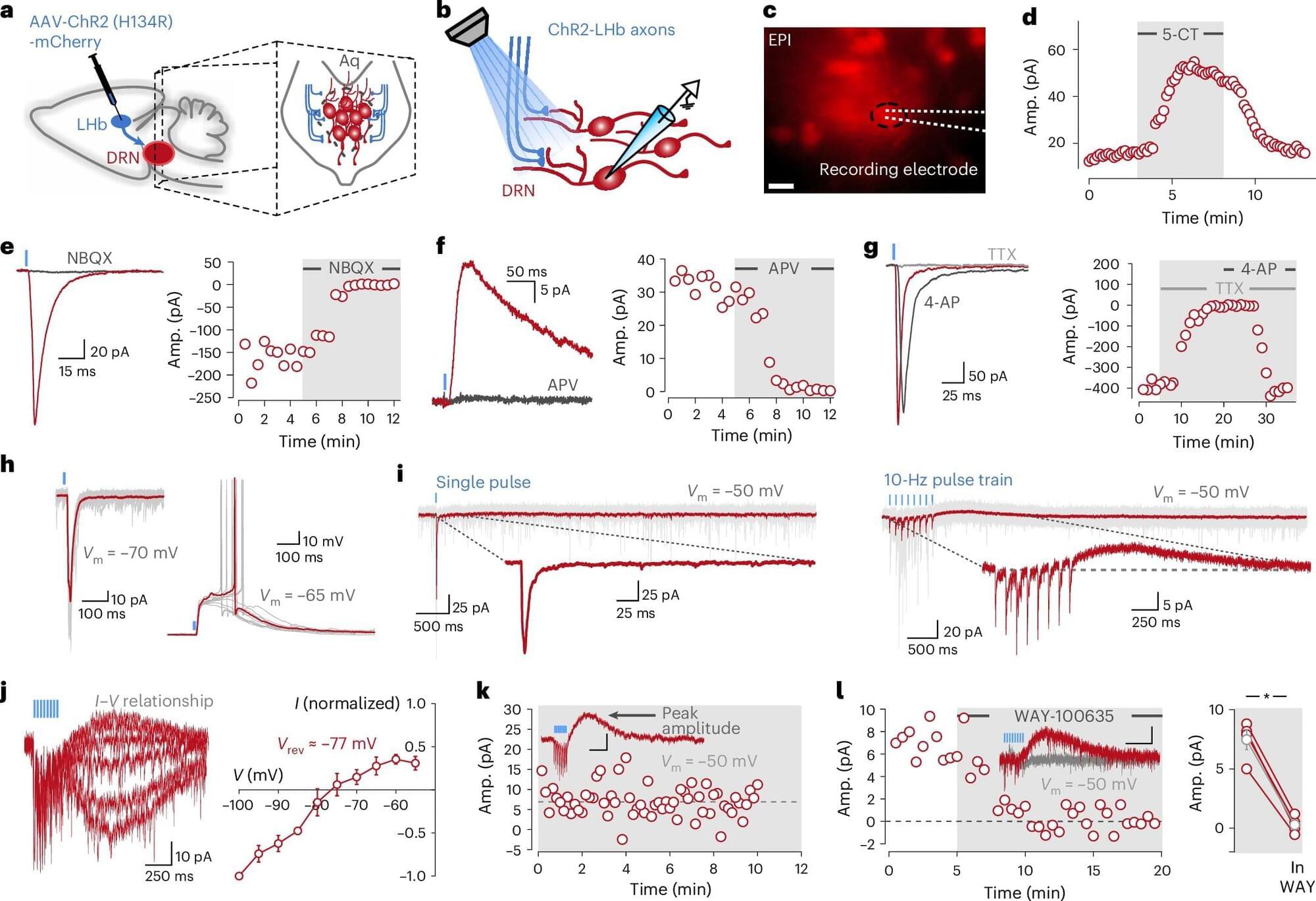Our lives are filled with binary decisions—choices between one of two alternatives. But what’s really happening inside our brains when we engage in this kind of decision making?
A University of Ottawa Faculty of Medicine-led study published in Nature Neuroscience sheds new light on these big questions, illuminating a general principle of neural processing in a mysterious region of the midbrain that is the very origin of our central serotonin (5-HT) system, a key part of the nervous system involved in a remarkable range of cognitive and behavioral functions.
“The current dominating model is that individual 5-HT neurons are acting independently from one another. While it had previously been suggested that 5-HT neurons may rather be connected with one another, it had not been directly demonstrated. That is what we did here. We also identify an intriguing processing role—or a computation—that is supported by this particular type of connectivity between 5-HT neurons,” says Dr. Jean-Claude Béïque, full professor in the Faculty’s Department of Cellular and Molecular Medicine and co-director of the uOttawa Brain and Mind Research Institute’s Centre for Neural Dynamics and Artificial Intelligence.
